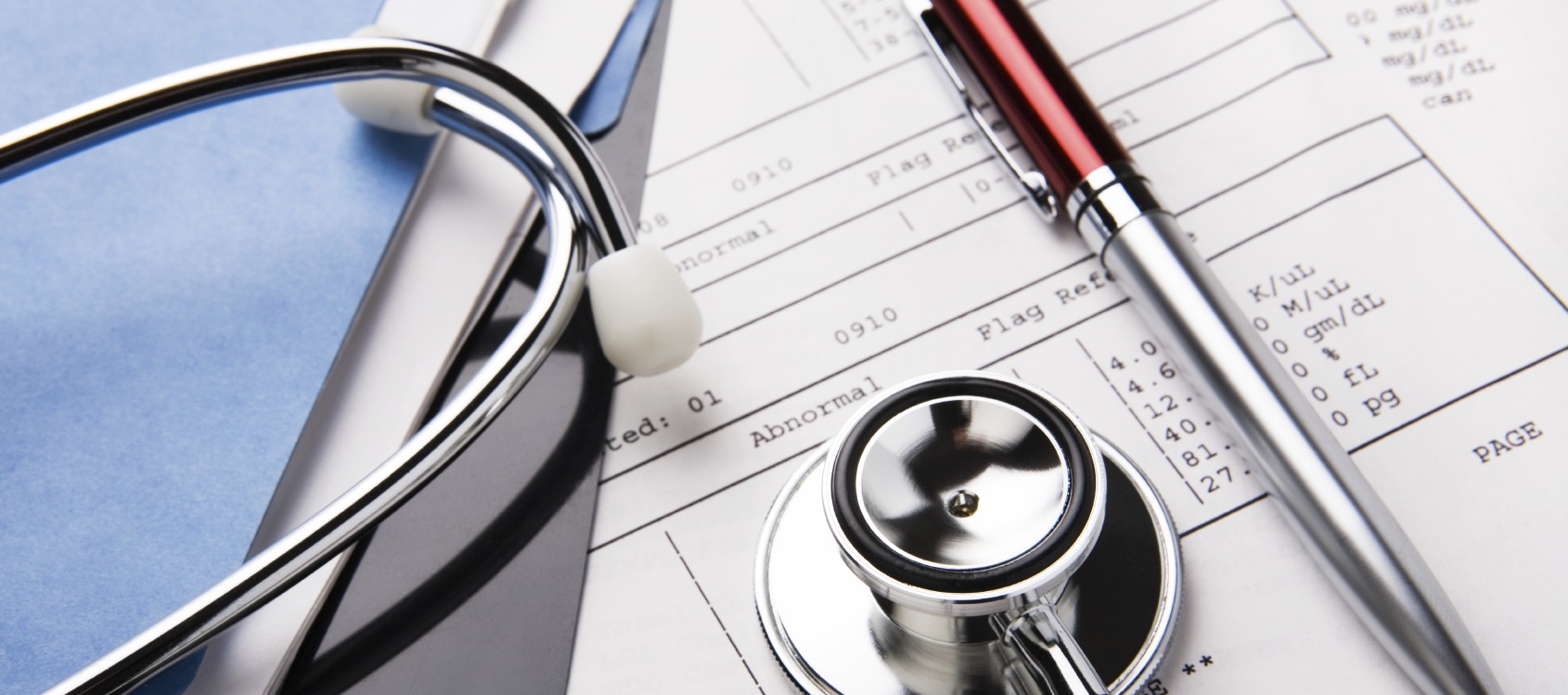COVID-19 Could Create an Opening for 3D Printing
Making the Quick Switch to Medical Production
The market has seen a high demand for medical supplies like masks, face shields, gowns, and testing devices, which have become scarce due to the COVID-19 pandemic. Companies with 3D printers have heard that call, and are pivoting their operations to make medical supplies. “Additive manufacturing—3D printing—is well suited for rapid prototyping. COVID-19 pulls forward that capability from a nice-to-have to a need-to-have,” said ABI Research Principal Analyst, Ryan Martin.
Stratasys (SSYS), a 3D printing company, is hearing from first responders and health providers that they need 40,000 face shields every week. The company is stepping in to provide gear to dozens of health systems. Public-private collaborations like one between the University of Minnesota and Mattel (MAT) are producing upwards of 120,000 medical face masks this month.
Companies Forced to Troubleshoot
The advantages of 3D printing production are particularly useful in making equipment for the fight against COVID-19. 3D printing is fast, relatively cost-effective, and local—which is vital, considering factories in many parts of the world have shut down due to the virus.
Still, the problem with 3D medical supplies has been that they don’t always work at first. Medical products have to meet specific guidelines set by both the government and the medical community. Some of the first 3D-printed supplies didn’t meet those requirements.
To combat that problem, America Makes worked with the FDA, VA, and NIH to develop what they are calling the NIH 3D Print Exchange. With this system, independent operators can download designs approved for use in health settings.
“Some of the products weren’t filling needs or weren’t products that could be used in a medical setting. We needed to find some way to centralize this process to be sure that what’s taking place is being done effectively and safely,” said a representative from America Makes. Just 12 of the 75 designs submitted to the exchange have been approved by the Department of Veterans Affairs.
Looking Beyond the Tumultuous Market
Market analysts say the future of the 3D printing industry could be bright, but companies will have to hold out through the current pandemic. Stocks across many industries are in freefall, and 3D printing is no exception. 3D printing is a $12 billion industry, and it has expanded steadily since its beginnings, but it will also likely suffer from the current and future economic downturn.
Though the industry has expanded in recent years, it isn’t new. 3D printers have been operating for decades to make prototypes and manufacturing samples. Now, they are lifesaving producers of working medical devices like face shields and testing swabs. That’s what companies hope investors and consumers will notice—and remember, when all this is over.
Please understand that this information provided is general in nature and shouldn’t be construed as a recommendation or solicitation of any products offered by SoFi’s affiliates and subsidiaries. In addition, this information is by no means meant to provide investment or financial advice, nor is it intended to serve as the basis for any investment decision or recommendation to buy or sell any asset. Keep in mind that investing involves risk, and past performance of an asset never guarantees future results or returns. It’s important for investors to consider their specific financial needs, goals, and risk profile before making an investment decision.
The information and analysis provided through hyperlinks to third party websites, while believed to be accurate, cannot be guaranteed by SoFi. These links are provided for informational purposes and should not be viewed as an endorsement. No brands or products mentioned are affiliated with SoFi, nor do they endorse or sponsor this content.
Communication of SoFi Wealth LLC an SEC Registered Investment Advisor
SoFi isn’t recommending and is not affiliated with the brands or companies displayed. Brands displayed neither endorse or sponsor this article. Third party trademarks and service marks referenced are property of their respective owners.
SOSS42002



